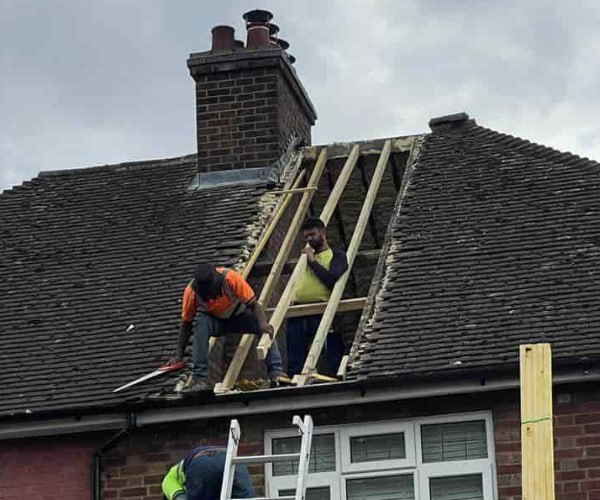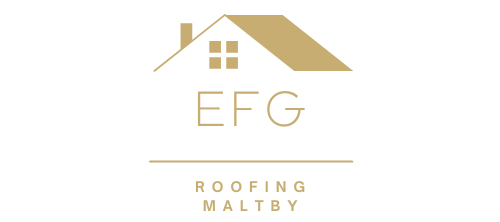What to Do After a Roof Inspection Reveals Issues
Introduction: Regular roof inspections are essential for maintaining the integrity and longevity of your roofing system. They help identify potential problems early on, allowing for timely repairs and preventing costly damage. However, what should you do when a roof inspection reveals issues? In this blog post, brought to you by EFG Roofing Maltby, we’ll guide you through the steps after a roof inspection uncovers problems, ensuring that your roofing issues are addressed promptly and effectively.
- Review the Inspection Report
The first step after receiving an inspection report is carefully reviewing its findings. The report should detail the specific issues identified, their locations, and the severity of each problem. Understanding the scope of the issues is crucial for making informed decisions about repairs or replacements.
- Consult with a Roofing Professional
Once you’ve reviewed the inspection report, it’s advisable to consult with a qualified roofing professional. A professional roofer can advise on the best course of action, including whether repairs or a full roof replacement is necessary. They can also provide cost estimates and timelines for the work.
- Prioritise Repairs
Not all issues identified during a roof inspection may require immediate attention. Work with your roofing professional to prioritise repairs based on the severity of the problems. Addressing critical issues first can prevent further damage and protect your property.
- Obtain Multiple Quotes
When planning for repairs or a roof replacement, obtaining multiple quotes from reputable roofing contractors is a good practice. This allows you to compare pricing, evaluate the proposed scope of work, and select a contractor who aligns with your needs and budget.
- Consider Your Budget
Roof repairs or replacements can be a significant financial investment. Consider your budget and financing options carefully. Your roofing professional can help you explore financing solutions and make budget-conscious decisions.
- Schedule the Work
Once you’ve selected a roofing contractor, schedule the necessary repairs or replacements. Coordinate with the contractor to set a timeline that works for both parties. Ensure all parties understand the project’s scope, timelines, and expectations.
- Prepare for the Roofing Work
Before the roofing work begins, prepare your property for the upcoming construction. Clear any valuable items or fragile objects from the work area to prevent damage. Ensure a safe and clear path for the roofing crew to access the roof.
- Follow Up on Maintenance
After the repairs or roof replacement is complete, following up with regular maintenance is essential to prevent future issues. Routine inspections and maintenance will help extend the life of your roof and ensure its continued functionality.
Conclusion: A proactive approach to addressing roofing issues identified during an inspection is key to preventing further damage and maintaining the longevity of your roof. By reviewing the inspection report, consulting with roofing professionals, prioritising repairs, and following through with the necessary work, you can ensure that your roofing system remains in optimal condition, protecting your property for years.
Call us on: 01709 212 591
Click here to find out more about EFG Roofing Maltby
Click here to complete our contact form and see how we can help with your roofing needs.

